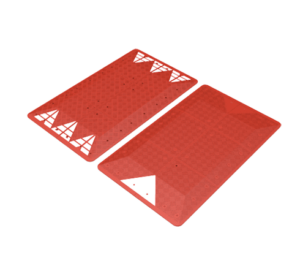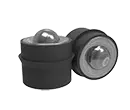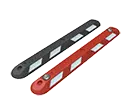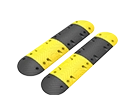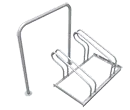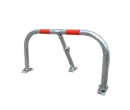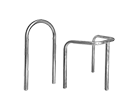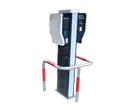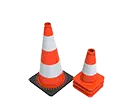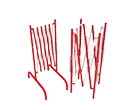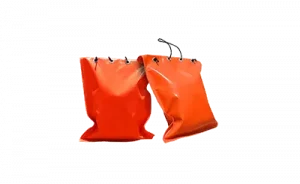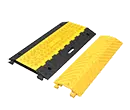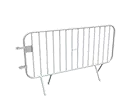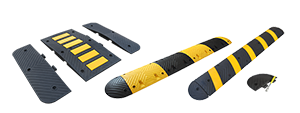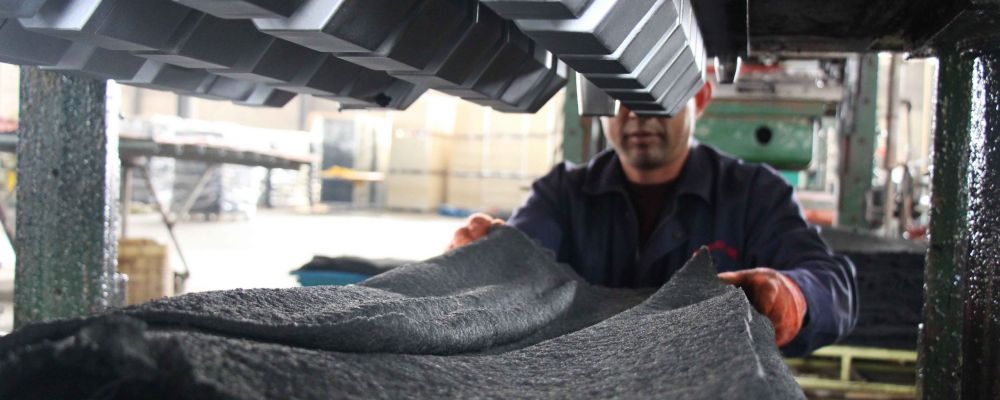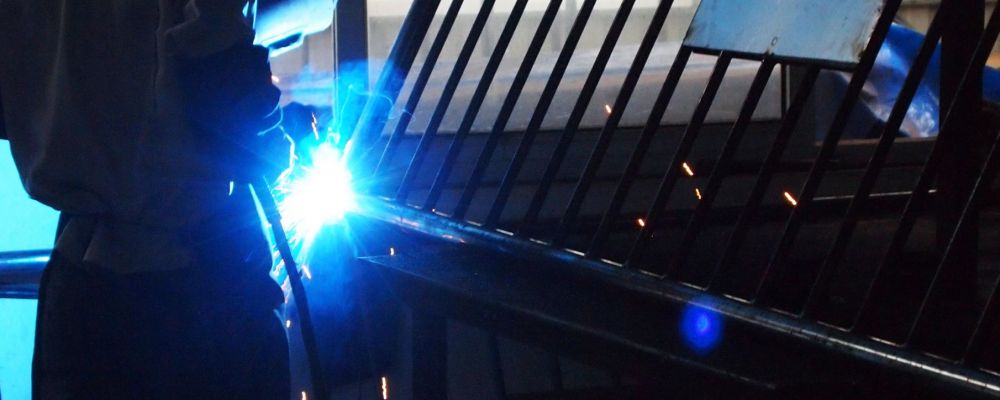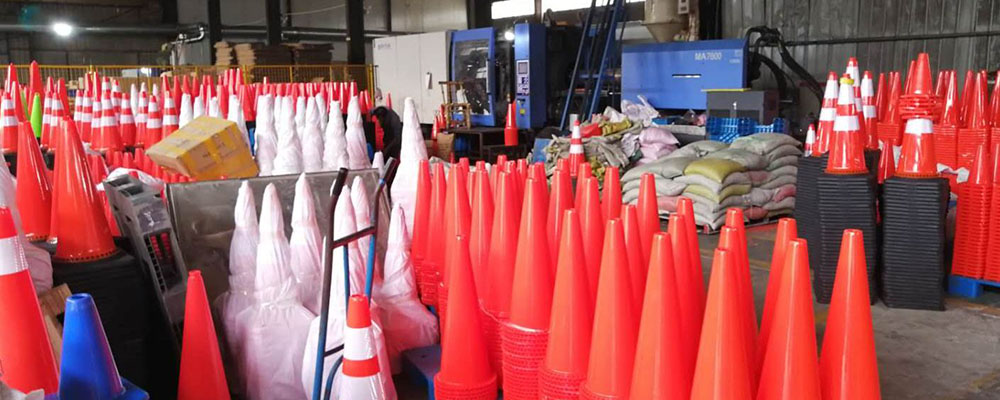Discover here everything about rubber road humps!
City streets are usually quiet, especially if they fall in the residential zone. But frequently, several motorists can destroy peace and quiet by speeding their motor vehicles on roadways, which can disturb property owners.
Rubber speed humps are the ultimate traffic safety solution to prevent such troubles by slowing vehicles down in low-speed zones. However, while there are different materials for road bumps, rubber is growing popular in the traffic management industry.
Have you ever wondered what makes rubber one of the most suitable materials? If you want to learn about it, you’re at the right place. Let’s get started.
If you would like to know the types of speed bumps, feel free to check here: Discover here different types of Speed Humps!
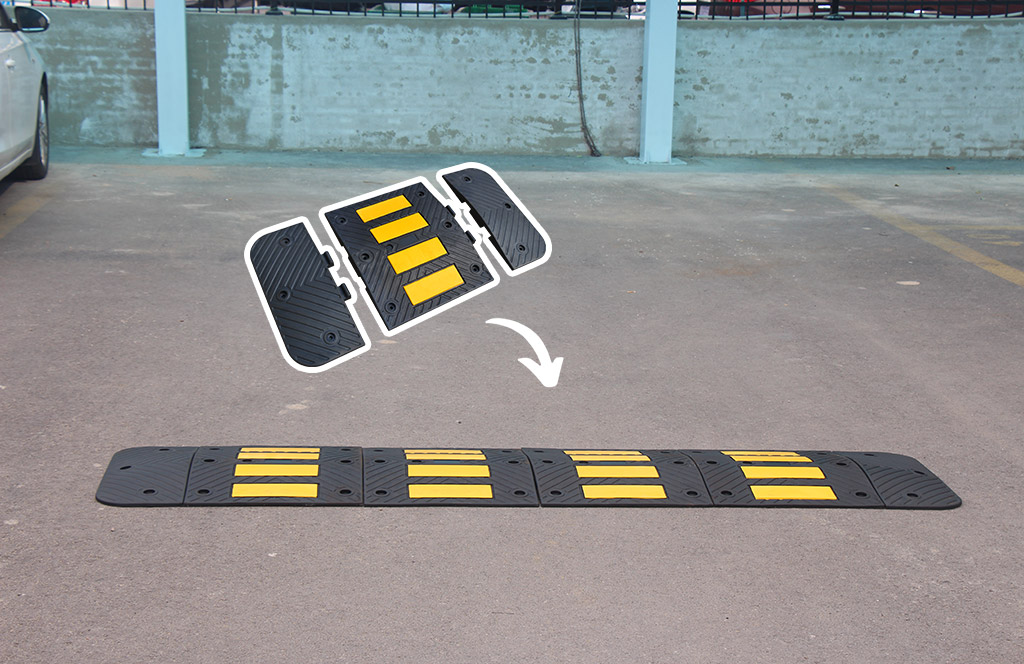
Rubber speed humps
Rubber speed humps are usually found in road lanes, parking lots, parking spaces, and places where the speed limits are less than 30 miles per hour (mph).
They are usually less aggressive than their counterparts, rubber speed bumps, which can act as abrupt ramps for speed reduction. Nevertheless, rubber speed humps are popular due to the material’s properties, i.e., recycled rubber.
Let’s see what makes rubber speed humps exceptional:
- Rubber speed humps are sturdy – they can stabilize and remain on any surface. Hence, it makes installing them easier. A rubber speed bump can stay still on any surface, whether a tile surface or any asphalt roadway.
- Vulcanized rubber has unbelievable strength and elasticity. Therefore, rubber speed humps can counter the weight of any large emergency vehicles such as fire trucks, ambulances, and buses.
- Some rubber speed humps even have an anti-slip resistance feature, improving pedestrians’ safety. If any pedestrian or bicyclist were to go over them, there wouldn’t be any chance of falling.
- The vulcanization makes the rubber strong and prevents any material deformation. Therefore, you can expect your rubber speed hump to last long.
- Rubber speed humps are also abrasive resistant, and the material is soft on vehicles. Therefore, even if motorists couldn’t spot these speed breakers and drive fast over them, there wouldn’t be any damage to their vehicle’s lower body.
- Similarly, rubber speed humps have an interlocking design, allowing you to add more segments to increase the hump’s length. You can also fasten it with endcaps to give road humps an aesthetic finish.
- Most commonly, rubber speed humps have reflective colours such as red, yellow, and black. But even if the colour is not too reflective, there are reflectors or reflective tapes on the speed hump.
These shiny reflectors allow motorists to spot speed breakers from a long distance, which can ultimately discourage them from driving fast. Therefore, there can be a reduction in crashes that may otherwise have been catastrophic.
- Installing them is also quite easy. You are all set to go with several bolts and a drilling machine. You can install a complete set of speed humps within an hour maximum on any city street.
The above-mentioned features make it clear that rubber speed humps are the best. They fulfil their purpose perfectly, i.e., to provide maximum pedestrian safety. However, they can be expensive, but the high cost is justifiable with all those benefits.
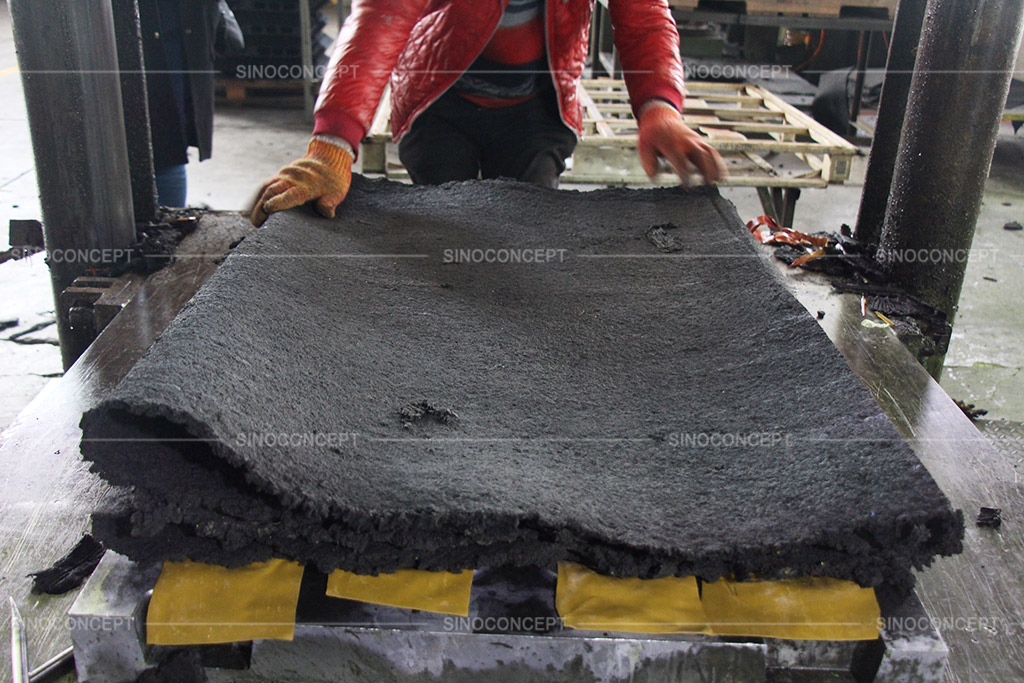
Other material for road humps
Rubber is indeed one of the most effective materials for manufacturing road humps. But it isn’t the only one out there. There are some other materials as well, including concrete, plastic, and steel. Let’s look over them briefly.
Concrete is a conventional material used across all construction projects. While concrete speed breakers are permanent and strong, they can be hard on your vehicles. Moreover, their installation is expensive since it involves excavation, cementing, and maintenance.
Plus, vehicles driving over them can result in screechy traffic noise, which can be disturbing for local property owners. Nevertheless, it’s a common speed breaker material, but it has its fair share of fallacies.
Look at another sturdy and strongest speed breaker material, i.e., recycled plastic. Plastic, especially PVC, can create tensile road humps, which can withstand the weight of vehicles such as trailers and forklifts.
Plastic speed humps have a similar installation process as rubber humps, which is quick and easy.
However, their colour is not long-lasting and may fade due to exposure to outdoor elements. Hence, they require maintenance, but plastic speed breakers are an inexpensive, traffic-calming measure.
Here’s another speed hump material for you – steel. As the name suggests, it’s a robust, aggressive material that can withstand heavier loads and maintain its shape for a long time.
But at the same time, it can cause terrible vehicular damage to vehicles’ bodies. Usually, there are common non-residential places such as highways and freeways.

Design standards for rubber road humps
If you’re living in the UK, there are certain protocols and rules by the Highways (road bumps) 1999 for installing road humps. These rules are regarding the stated dimensions and designs of road humps to ensure speed control and traffic safety.
Here are some of the rules:
- Speed humps should have a minimum height of 25 mm and cannot exceed 100 mm. On the other hand, their counterparts, speed bumps, can exceed 100 mm in height to ensure abrupt speed reduction.
- Speed humps must have a minimum length of 900 mm because these traffic control devices cover a larger road lane. Motorists will feel a slight bump upon interacting with these low-height, evenly-spaced speed humps.
- If you’re installing temporary speed humps, the segments must be at least 250 mm with a spacing of around 10-150 mm. The endcaps are the only exception, which can be 210 mm long.
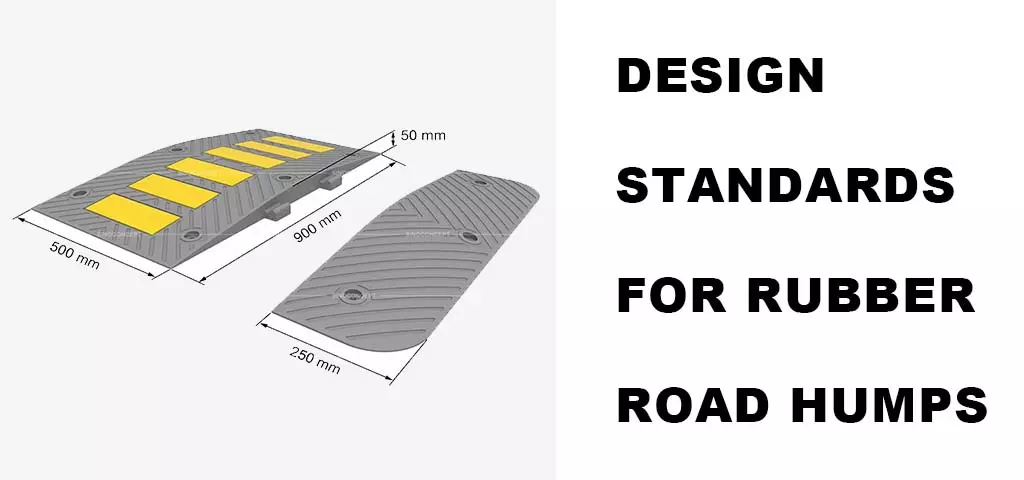
Supporting traffic calming measures
Traffic control requires in-depth planning and a well-articulated strategy. You cannot simply install speed humps and consider your job complete. Instead, transportation engineers must alter the road design using other traffic calming tools to ensure maximum traffic control and pedestrian safety.
Here are some lesser-known tools:
- Horizontal deflection tools such as curbs, bollards, pavement markings, crossings, and rumble strips can alter the road design and discourage drivers from speeding.
- Police enforcement plays a vital role in controlling traffic. They can act strictly and issue fines to motorists who constantly break traffic signs and exceed the speed limits.
- There can be various signage, such as road signs, speed limit signs, parking signs, and stop signs. These signages and speed humps can signal motorists to avoid driving their vehicles at a dynamic speed.
- Traffic control is sometimes achieved by disrupting traffic flow using tools such as traffic barriers and traffic cones. Even roundabouts and traffic circles can improve the traffic volume by diverting traffic.

Conclusion
Till now, you must have gotten the hang of rubber speed humps and how they differ from other types. From the above observations, these rubber road humps are essential to ensure a proper traffic channel for increasing traffic safety.
Many authorities, such as the Department of Transportation and the Federal Highway Association, are actively working to install these traffic control devices in various municipalities and city streets.
If you’re looking forward to ensuring traffic safety, install speed humps in your street or driveway.
But if you cannot figure out the best traffic management tools company, look no further than Sino Concept – the experts in creating traffic calming measures. Browse our website to create a safer environment today.
To learn more, we advise you to refer to the following pages:

